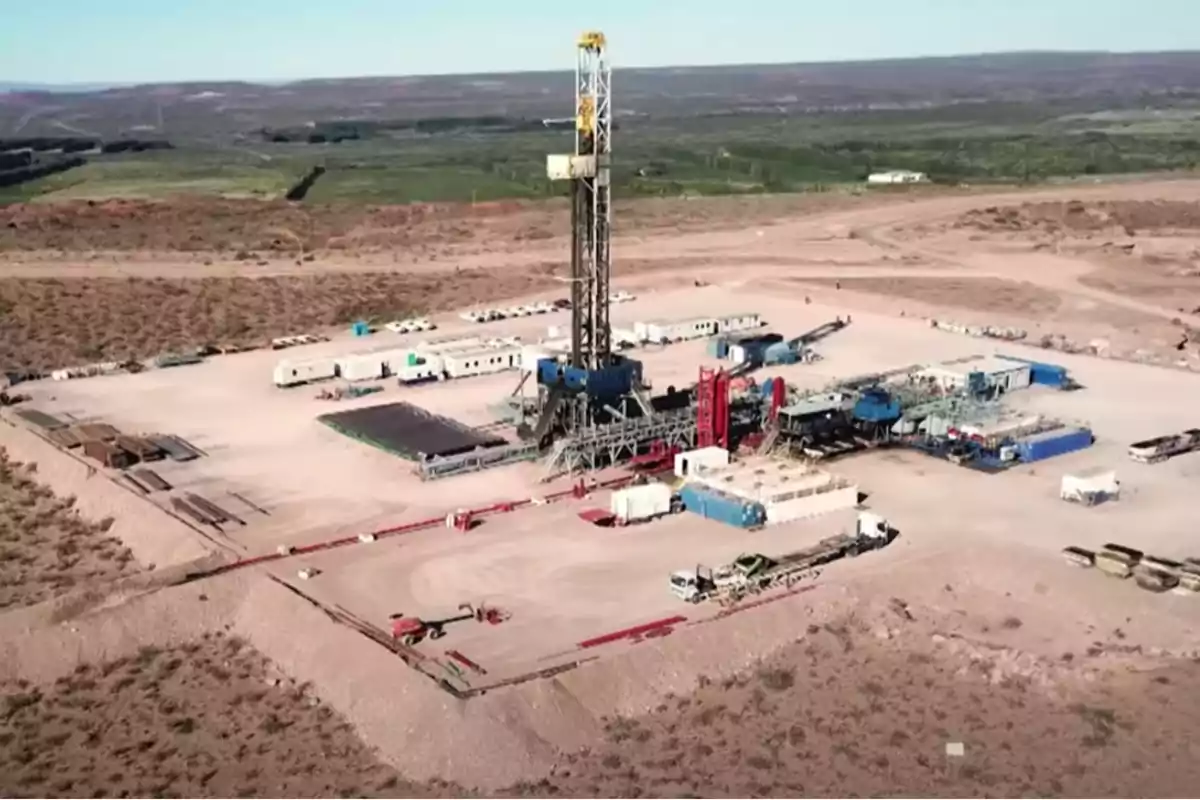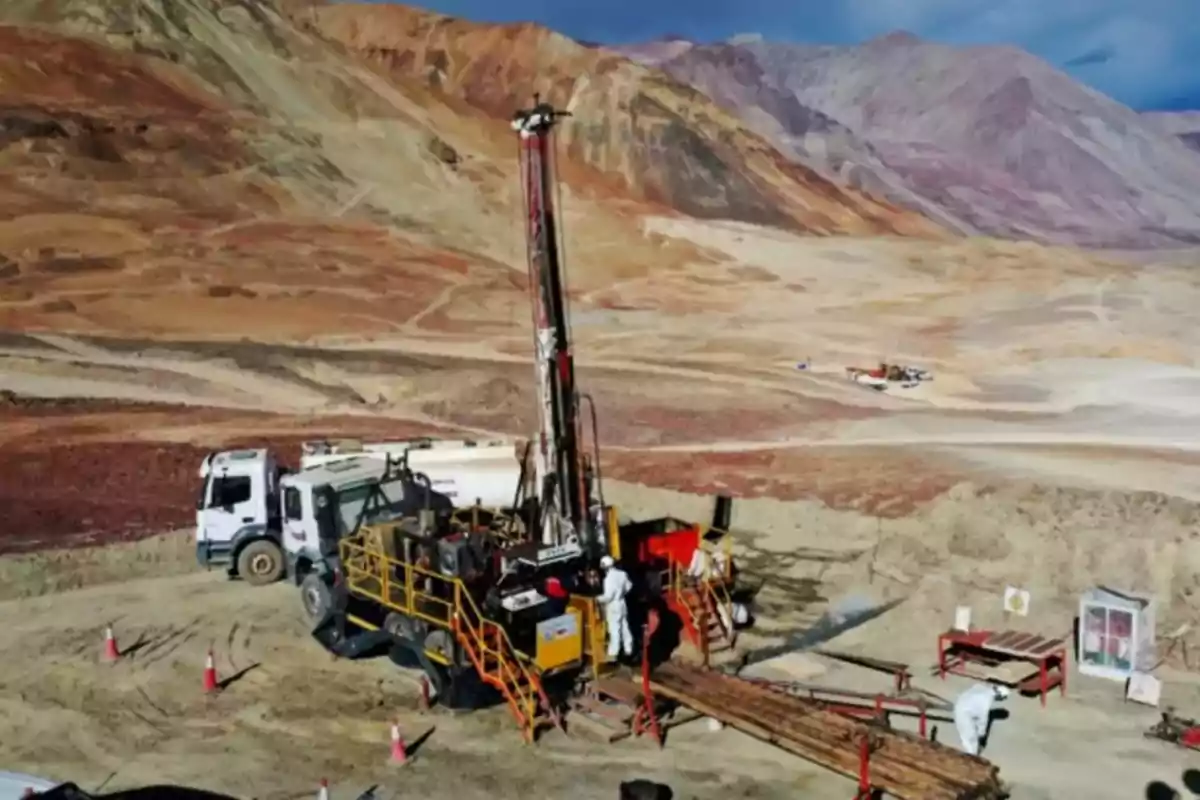
RIGI: the projects that amount to more than USD 33 billion in mining and energy
The Incentive Regime for Large Investments has already received 20 projects focused on mining, energy, and oil
Javier Milei's government has reported that, so far, 20 projects have been submitted to join the Incentive Regime for Large Investments (RIGI). According to Economy Minister Luis Caputo, these initiatives represent more than USD 33.6 billion in potential investments.
Of that total, six projects have already received formal approval, with a volume exceeding USD 13 billion. The rest are under evaluation and target key sectors such as mining, oil & gas, renewable energy, and industry.
Mining and energy, the most dynamic sectors
At the start of the RIGI, investments in Vaca Muerta took center stage, but in recent weeks the balance has shifted toward mining. A notable case is Glencore, which has requested the inclusion of its El Pachón and Agua Rica projects, with a combined amount of USD 13.3 billion.

The elimination of copper export duties was one of the incentives that spurred new submissions, consolidating mining activity as a central driver of the capital attraction strategy.
Approved and pending projects
Among the projects that have already received the green light are:
- YPF's "El Quemado" solar park in Mendoza (USD 211 million).
- Vaca Muerta Sur, led by YPF, PAE, Vista, Pampa Energía, Pluspetrol, Chevron, and Shell (USD 3 billion).
- Southern Energy's LNG barge in Río Negro (USD 6.878 billion over 20 years).
- Expansion of Río Tinto's Rincón de Litio in Salta (USD 2.724 billion).
- Sidersa's steel plant in Buenos Aires (USD 286 million).
- Hombre Muerto Oeste, by Galán Lithium, in Catamarca (USD 217 million).
Projects from Tenaris, Posco, McEwen Copper, Tecpetrol, Pampa Energía, among others, are also under evaluation.
Impact on the provinces

The 20 projects are distributed across at least ten Argentine provinces, from Neuquén and Río Negro to Catamarca, San Juan, Salta, Mendoza, Buenos Aires, and Santa Fe. The goal is to generate employment and boost value chains in mining, oil, and clean energy.
The challenge of attracting capital
The implementation of RIGI comes in a challenging context: foreign direct investment (FDI) shows a negative net balance of USD 1.679 billion so far in 2025. In light of this scenario, the government seeks to send signals of stability and confidence.
President Javier Milei has described RIGI as a key tool to reactivate the real economy and attract strategic capital. With six projects approved and others in the pipeline, the program is already mobilizing more than USD 33 billion in investment expectations.
More posts: